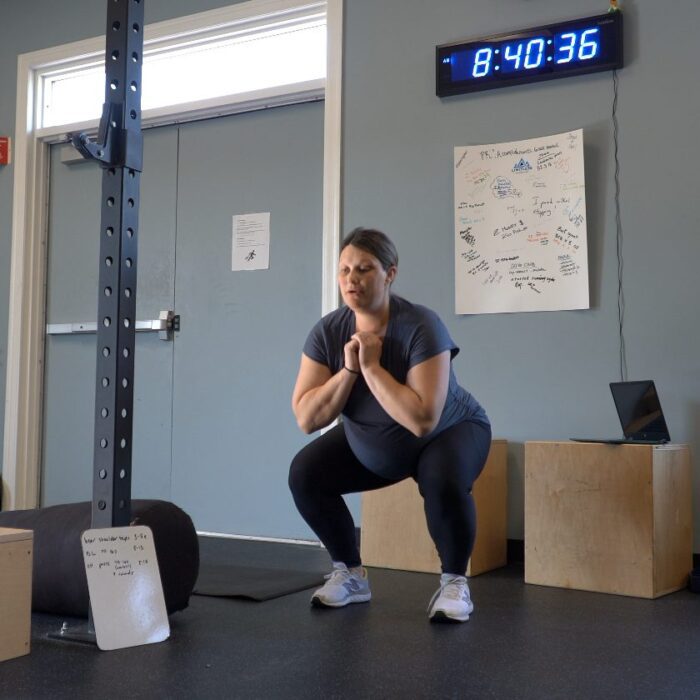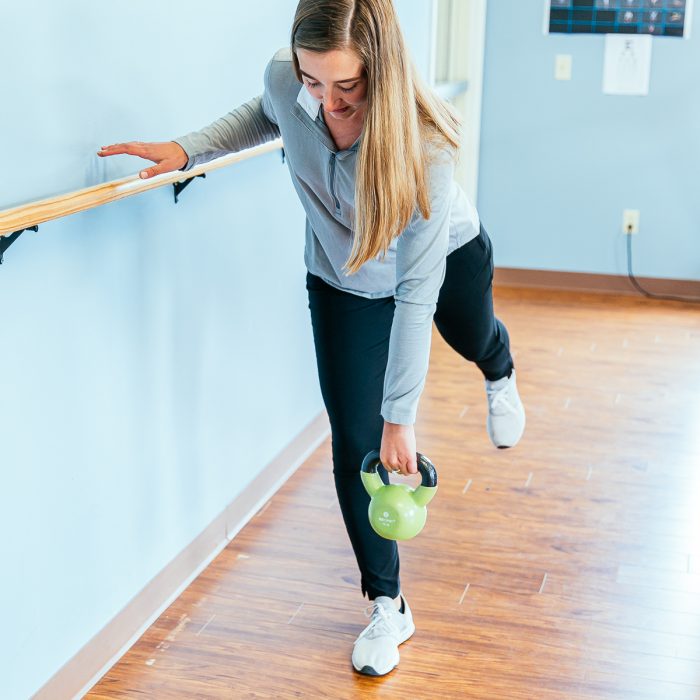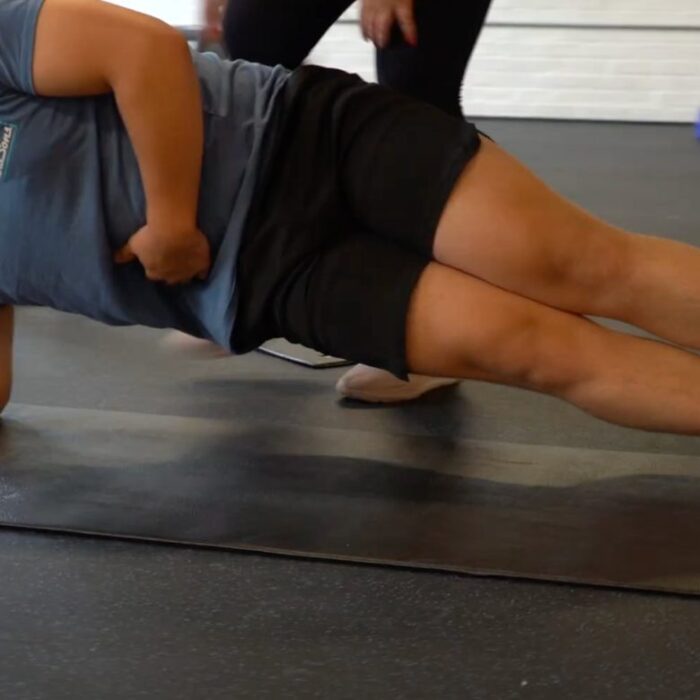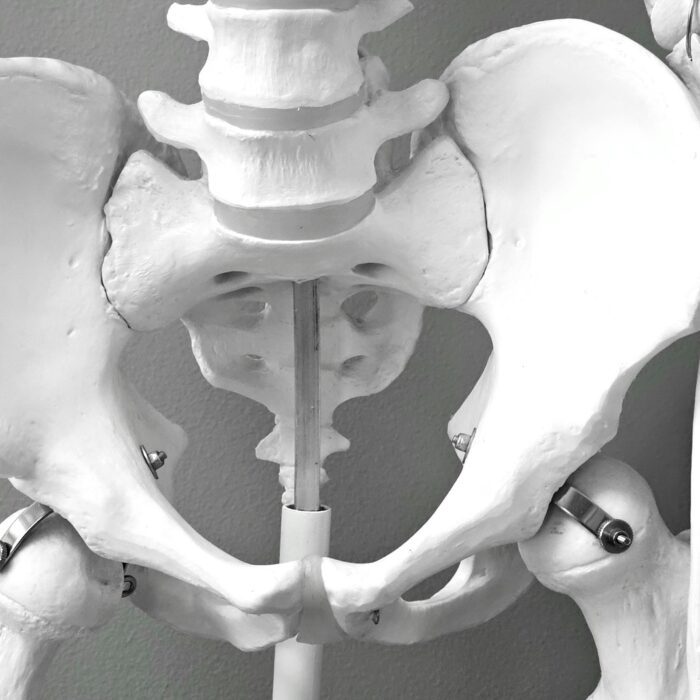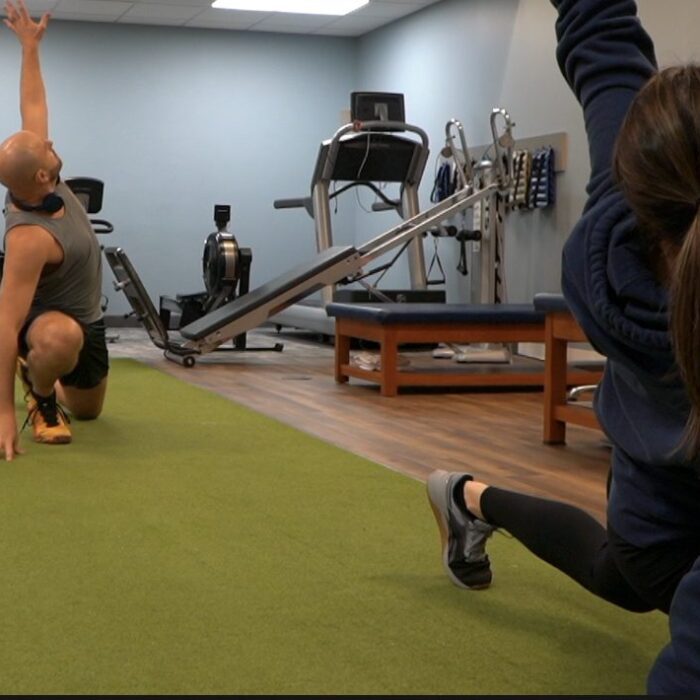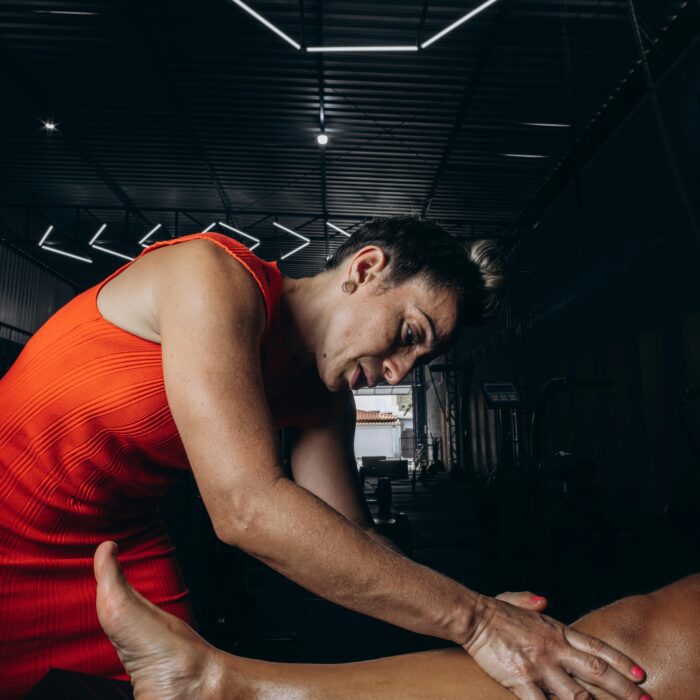Living with a herniated disc can feel like carrying a constant weight that never lets you move freely. The pain isn’t just physical — it brings frustration, fear of long-term limits, and worry about whether surgery is the only way out. Yet evidence tells another story: nearly 90% of patients with lumbar disc herniation improve within six weeks using conservative treatments like physical therapy, with only a small minority needing surgery during that time.
This article takes you inside what really works. We’ll break down what physical therapy does for herniated discs, what recovery looks like week by week, which exercises are safe and effective, and how PT compares to surgery in both results and risks. Along the way, we’ll connect the research with patient stories and the hands-on clinical experience from our Limitless Physical Therapy Specialists locations in Victor, Brighton, Greece, and Cortland, NY.
Can Physical Therapy Fix a Herniated Disc?
Q: Can physical therapy actually fix a herniated disc, or is surgery the only option?
The short answer: yes, physical therapy often can resolve herniated disc symptoms without surgery. While “fix” doesn’t mean the disc magically repairs overnight, PT reduces pain, restores mobility, and helps the body reabsorb disc material naturally.
Research shows that 70–90% of patients see meaningful recovery with PT alone, while long-term outcomes for physical therapy and surgery are similar at the 1–2 year mark. That’s why leading spine and rehabilitation guidelines consistently recommend physical therapy as the first-line treatment, reserving surgery for cases with severe neurological symptoms or when conservative care has failed.
At Limitless PT, our team builds individualized treatment plans that blend:
-
Pain management techniques (heat, ice, manual therapy)
-
Guided mobility and posture correction
-
Strengthening to stabilize the spine
-
Home exercise programs for daily progress
Myth vs Reality
-
Myth: “I need complete bed rest.”
-
Reality: Mild activity guided by PT usually speeds recovery and prevents muscle weakening.
-
Myth: “If I have a herniated disc, surgery is inevitable.”
-
Reality: Only about 10% require surgery within the first six weeks.
👉 Many of our patients in Victor and Brighton discovered they could return to active life with nothing more than structured physical therapy, patience, and adherence to their plan.
Herniated Disc Physical Therapy Timeline: What to Expect
Every recovery looks slightly different, but research and clinical experience give us a clear framework.
Week-by-Week Recovery Milestones
| Timeframe | What Happens | Typical Milestones |
|---|---|---|
| Days 1–7 | Pain management, gentle mobility | Walking to reduce stiffness, learning posture corrections |
| Weeks 2–4 | Introduce light stretches, pain relief exercises | Less muscle spasm, improved range of motion, less tingling |
| Weeks 6–12 | Core strengthening, functional rehab | Resuming daily activities, lifting without pain |
| Beyond 12 Weeks | Maintenance and prevention | Return to sports, heavy lifting, or higher-level fitness |
Many patients report pain reduction by 25–40% within the first month and significant improvement by the 3-month mark. Younger, active patients with mild herniations often improve faster, but even older or more severe cases see progress with persistence.
Q: How long does physical therapy take to work for a herniated disc?
Most people begin noticing improvement within 2–6 weeks, with full recovery often in 3 months. Severe cases may take longer, but recovery continues with consistent PT【healthcentral†source】.
At Limitless PT, we’ve helped over 5,000 patients navigate this timeline, always adjusting care plans based on age, activity level, and goals — whether it’s getting back to running, lifting a child without pain, or simply walking comfortably.
Best Physical Therapy Exercises for Herniated Disc Relief
Q: What are the safest and most effective exercises for herniated disc recovery?
The most effective physical therapy–approved exercises reduce nerve irritation, strengthen stabilizing muscles, and restore spinal alignment without aggravating the disc.
-
McKenzie Extension (Cobra Press-Up)
Helps shift disc material away from nerve roots, reducing irritation. -
Bird-Dog Exercise
Strengthens deep core stabilizers that protect the lumbar spine. -
Cat-Cow Stretch
Improves spinal mobility and reduces stiffness. -
Pelvic Tilts
Builds core engagement and lumbar stability. -
Hamstring Stretches
Reduces pulling on the spine by lengthening tight muscles. -
Low-Impact Cardio (walking, swimming)
Boosts circulation without loading the spine.
Exercises to Avoid:
Sit-ups, crunches, heavy weightlifting, twisting (Russian twists), forward toe touches, or running too soon. These movements increase disc pressure and can worsen symptoms.
👉 Many of our Greece location patients discover that once they start incorporating simple, safe extension-based exercises, their pain decreases and confidence returns quickly.
Case Example
A 42-year-old patient at our Cortland clinic came in with chronic pain after months of desk work and limited movement. After eight weeks of McKenzie extensions, bird-dog progressions, and gradual swimming, he reported a 68% reduction in pain and returned to weekend basketball.
Physical Therapy vs Surgery: Which is Right for Herniated Disc Recovery?
Here’s where the decision feels heavy. Both physical therapy and surgery can help — but the outcomes aren’t as different as many believe.
Comparison Table: PT vs Surgery for Herniated Disc
| Aspect | Physical Therapy | Surgery |
|---|---|---|
| Success Rate | 70–90% improvement without surgery | 80–90% success, especially for severe cases |
| Cost | Lower, outpatient-based | Higher, hospital + surgical fees |
| Recovery | Weeks to months | Several months, including rehab |
| Risks | Minimal, adherence required | Infection, nerve damage, anesthesia risks |
| Long-Term Outcome | Comparable to surgery at 1–2 years | Comparable at 1–2 years |
Q: When is surgery necessary for a herniated disc?
Surgery is usually considered if:
-
There is severe neurological deficit (weakness, loss of bowel/bladder control)
-
Pain remains unmanageable after 6–8 weeks of PT
-
Symptoms rapidly worsen despite conservative care
For most patients, PT is the safer, lower-cost starting point — and it works. That’s why our Rochester and Brighton patients often begin with therapy, and many never need to see a surgeon at all.
Final Takeaway
Physical therapy for herniated discs is not a backup plan — it’s the first-line treatment that helps most people avoid surgery, reduce pain, and return to the activities they love.
You don’t have to live with limitations. Whether you’re in Victor, Brighton, Greece, or Cortland, NY, our team at Limitless PT has helped thousands of patients recover from herniated discs using personalized care plans, safe exercise progressions, and ongoing support through our Limitless Life App.
👉 Ready to live a life without limits? Contact us today to schedule your evaluation and start your recovery.

